- About us
- Support the Gallery
- Venue hire
- Publications
- Research library
- Organisation chart
- Employment
- Contact us
- Make a booking
- Onsite programs
- Online programs
- School visit information
- Learning resources
- Little Darlings
- Professional learning
Tossy Spivakovsky (1906-1998), violinist and teacher, made his performance debut as a ten-year-old, began touring Europe at thirteen and studied violin at Berlin’s Hochschule fur Musik before forming the Spivakovsky Duo with his older brother, pianist Jascha Spivakovsky, in 1920. At eighteen Tossy became concertmaster of the Berlin Philharmonic Orchestra, but he resigned the following year. The Spivakovsky duo performed in a number of European countries before they teamed with cellist Edmund Kurtz in 1930. Three years later, the trio were to settle in Melbourne, where Tossy and Kurtz were both engaged to teach at the Conservatorium. In Melbourne Tossy was joined by his fiancée, philologist Dr Erika Lipsker-Zarden, who fled Germany in late 1934; they were married at the end of that year, and she taught Spanish at the University of Melbourne from 1936 to 1939. The trio performed regularly around the country and were often on the wireless; in March 1939 the brothers gave a concert to raise funds for European refugees on behalf of the Jewish Democratic Cultural League. In 1940 Tossy and Erika moved to the USA, where they lived for the rest of their lives, Tossy appearing as a soloist with major orchestras and teaching for fifteen years at Juillard. He played a 1721 Stradivarius, and his idiosyncratic technique gave rise to the book The Spivakovsky Way of Bowing by Gaylord Jost.
Gift of Danina Dupain Anderson 2017. Donated through the Australian Government's Cultural Gifts Program.
Danina Dupain Anderson (47 portraits)
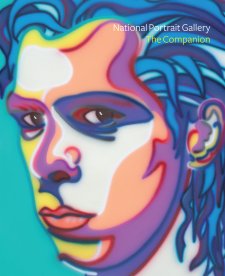

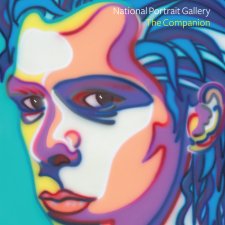
On one level The Companion talks about the most famous and frontline Australians, but on another it tells us about ourselves.
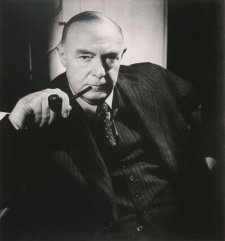
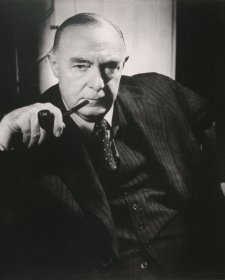
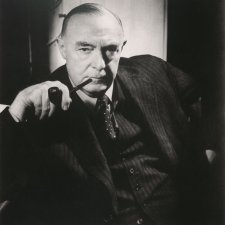
Johanna McMahon revels in history and mystery in pursuit of a suite of unknown portrait subjects.
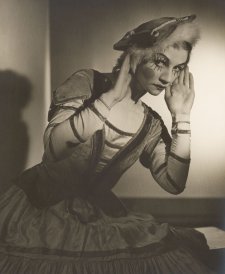
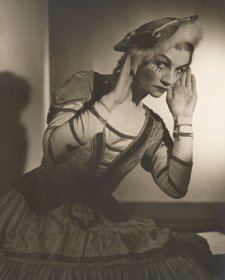

Gael Newton delves into the life and art of renowned Australian photographer, Max Dupain.